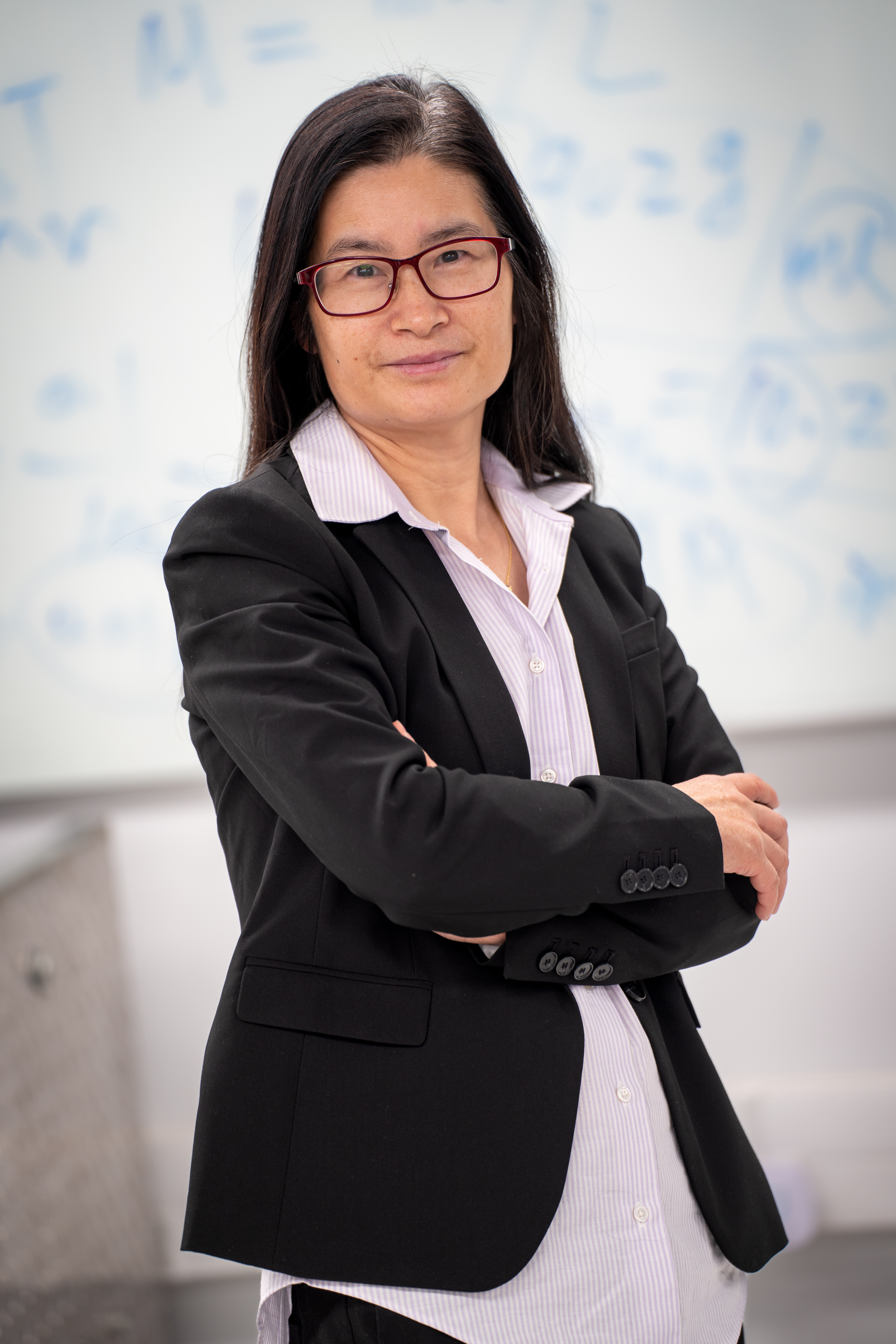
Ten national laboratories and 10 universities, including New Mexico State University, are joining forces to find ways to make lithium-ion, or Li-ion, batteries smaller, last longer and deliver more power. These institutions comprise the Cathode-Electrolyte Interphase Consortium, led by Pacific Northwest National Laboratory and funded by the U.S. Department of Energy’s Vehicle Technologies Office.
Chemical Engineering Assistant Professor Meng Zhou and Professor Hongmei Luo are working with Rob Tenent from the National Renewable Energy Laboratory and Professor Michael Toney and Assistant Professor Kayla Sprenger from the University of Colorado Boulder. The team is investigating the formation mechanisms and properties that lead to degradation of Li-ion batteries and plans to develop stabilization strategies.
Li-ion batteries are now commonly found in portable electronic devices, such as smartphones and laptops. They are also used to power electrical systems for some aerospace applications, like the Boeing 747. Bestselling electric cars, the Nissan Leaf and the Tesla Model S, use Li-ion batteries as their primary fuel source.
Among modern technologies, Li-ion batteries yield one of the highest amounts of energy a battery can store with respect to its mass, as well as the highest amount of power that can be generated by a battery with respect to its mass. Additionally, they do not contain cadmium, a toxic substance that presents disposal issues.
The new consortium’s goal is to understand and address challenges of controlling lithium-ion battery chemical and electrochemical reactions, comprising the major components affecting battery performance. Their findings and hypotheses will be validated at industry-relevant conditions to make sure results directly support the battery industry.
In addition to advancing the science of battery development, the consortium’s mission includes a focus on developing scientific expertise in populations historically underrepresented in science.
“Our team combines the requisite skills needed for the successful execution of the proposed research and includes a diverse set of researchers who are devoted to fostering an inclusive and diverse research culture. As part of our strategy, we will leverage research programs at NMSU to recruit project participants and students from underrepresented communities to strengthen our team,” said Luo, long-time National Renewable energy Laboratory collaborator and co-principal investigator on the project.
The institutions comprising the consortium, which was launched January 2023, include Brown University, Jackson State University, NMSU, San Francisco State University, Stony Brook University, University of California-Irvine, University of Chicago, University of Colorado Boulder, University of Washington and Virginia Tech.
The national laboratories include Pacific Northwest National Laboratory, Lawrence Berkeley National Laboratory, Argonne National Laboratory, Idaho National Laboratory, Oak Ridge National Laboratory, Brookhaven National Laboratory, Sandia National Laboratories, National Renewable Energy Laboratory, Lawrence Livermore National Laboratory and the SLAC National Accelerator Laboratory, originally named the Stanford Linear Accelerator Center.